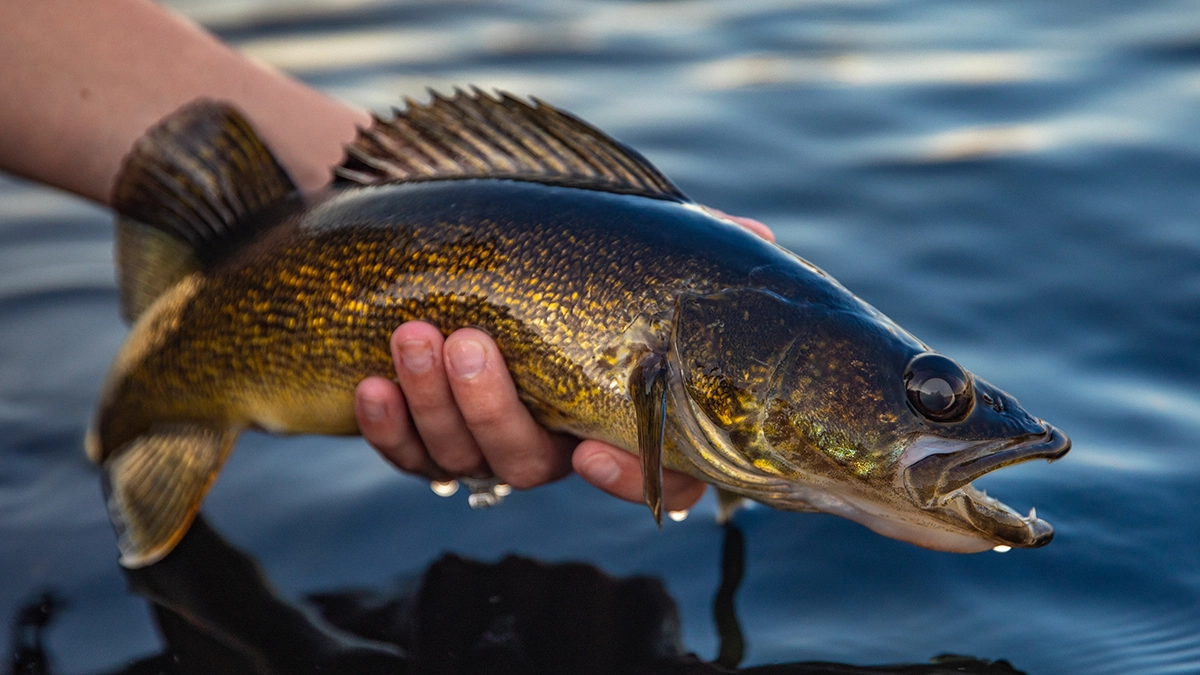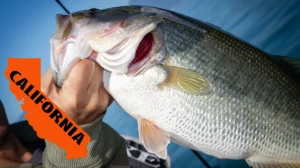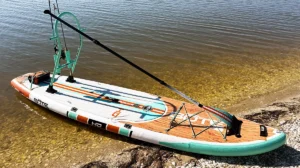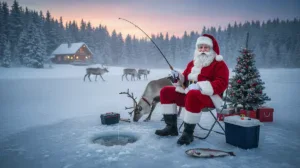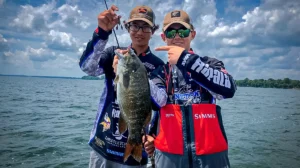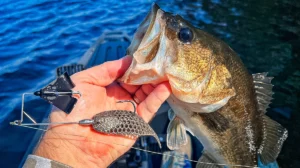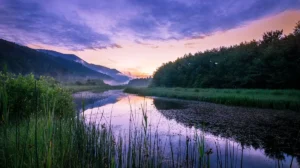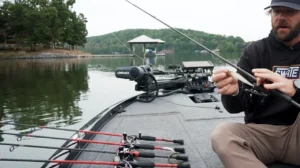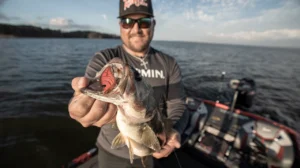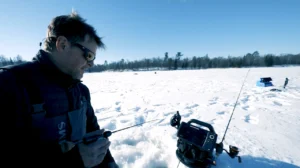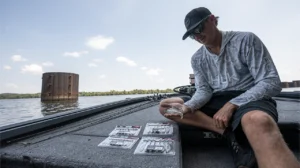Imagine a place where trophy walleyes can be caught, fisheries biologists encourage you to keep what you catch, and there is no daily creel limit in effect.
Welcome to Oregon, a state where walleyes are considered an invasive species rather than a highly-sought gamefish. Though walleyes have gained a faithful following of anglers in the upper Willamette River basin, officials are doing everything they can to reduce numbers and restore balance to the ecosystem.
Walleyes are viewed as one piece of the puzzle that has led to the downfall of native species such as chinook salmon and steelhead.
An Unwelcome Introduction
Walleyes were illegally introduced to the region years ago, and they have found the reservoirs and rivers to their liking. Jeff Ziller, a district fisheries biologist for the Oregon Department of Fish and Wildlife, remembers catching his first Oregon walleye in 1980.
He understands the popularity of the toothy gamefish, which provides tasty table fare. But he also knows that the state’s first priority has to be in protecting Oregon’s legendary salmon and steelhead, which have declined so far that some populations are now considered threatened or endangered species.
”Walleyes are a top-of-the-line predator,” Ziller told Wired2Fish. “When we’re trying to recover salmon and steelhead populations, they make things a little more challenging. They’ll feed on the juvenile salmon and steelhead, and we’re concerned that they’re adding to the problem.”
Other Factors Affecting Salmon
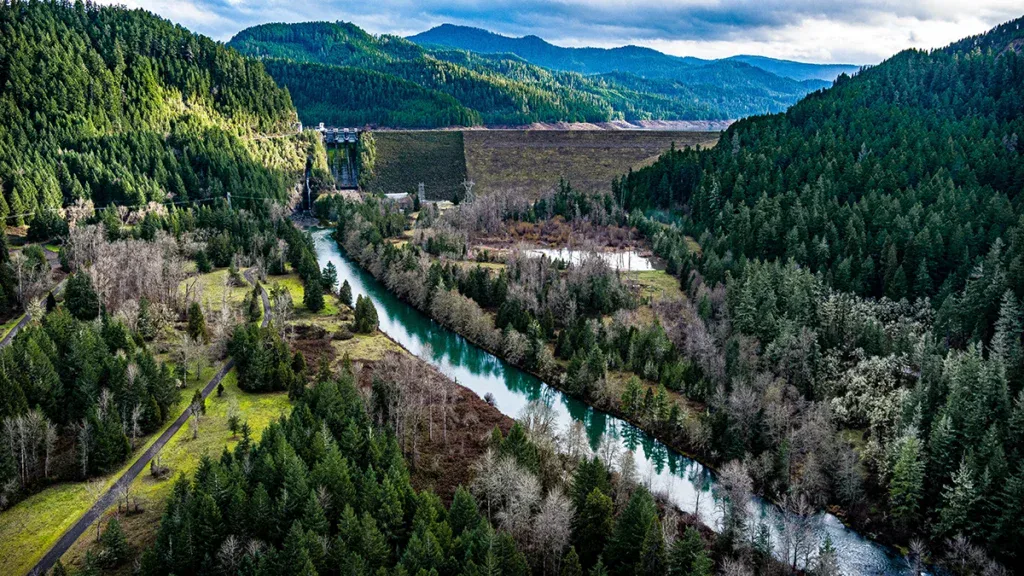
The walleyes certainly aren’t the only factor leading to the native fish’s decline. Dams on the Willamette River, for example, block access to traditional spawning areas and force fish to spawn in less desirable areas
“The real issue is that they need safe connections to and from the high-quality habitat we know is above the dams,” said Annie Birnie, who led a 2024 review for the National Oceanic and Atmospheric Administration (NOAA). “As long as they remain cut off, we’re unlikely to see signs of recovery.”
NOAA has worked with Oregon to develop a conservation and recovery plan, which focuses on reestablishing natural reproduction of salmon and steelhead above the upper Willamette’s flood-control dams.
The chinook salmon and steelhead from the Upper Willamette River in Oregon are anadromous, meaning they spend parts of their lives in freshwater and saltwater.
They are born in freshwater streams, then migrate as juveniles to the Pacific Ocean to spend their adult lives before returning to their home rivers to spawn and die.
The problem is the timing of the first run. “Rainbows and chinook are juveniles when they are rearing up here,” Ziller told Wired2Fish. “So they’re very small; perfect prey for the walleyes.
“The predator species such as walleyes know when those fish are coming out and they position where those trout and salmon are most vulnerable like below dams where they are concentrated, and they pick them off as they head down river. “
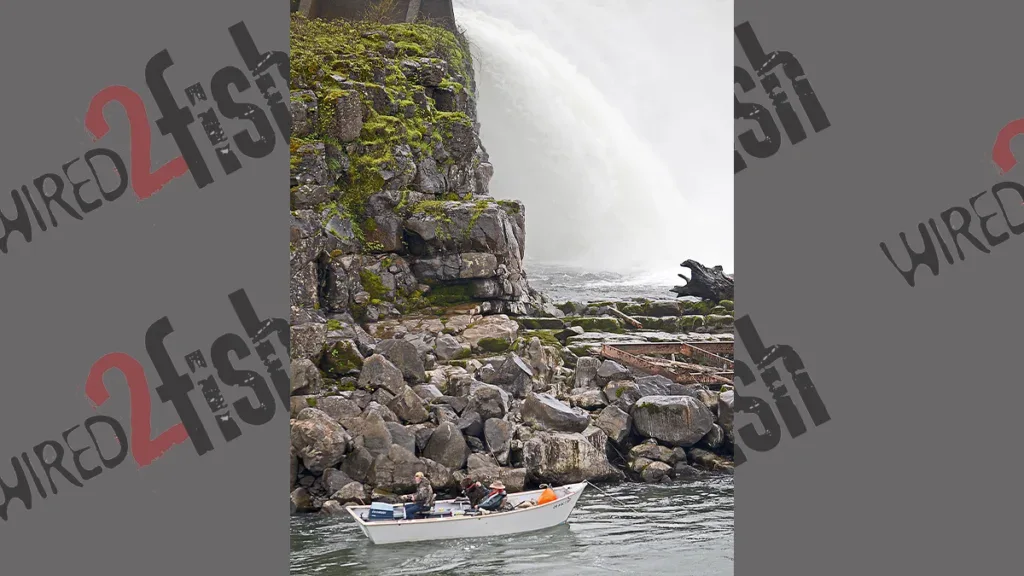
Drawdowns on reservoirs such as Lookout Point Reservoir have been made in recent years to allow juvenile salmon and steelhead to migrate more easily. Many walleyes were flushed out of Lookout Point as a result and made their way into connecting reservoirs.
Initial results show that the walleye population in Lookout Point has dropped, while there are many more fish in Dexter Reservoir and the middle fork of the Willamette and the mainstem, according to an article in the Salem Statesman-Journal.
Now it’s a wait-and-see game to determine how many walleyes reproduce in the Willamette and cause further problems.
“I don’t anticipate big numbers of walleyes being produced in the mainstem Willamette because it just doesn’t have good rearing habitat,” Ziller said. “But that’s something we’re going to keep an eye on.”
